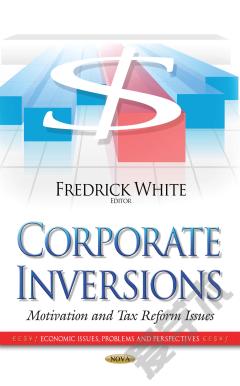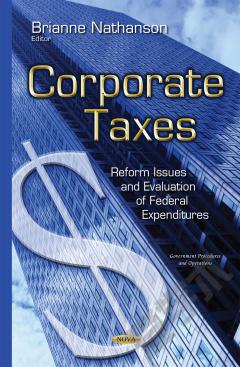Corporate Inversions: Motivation and Tax Reform Issues
The U.S. corporate income tax is based on worldwide economic activity. If all of a corporation’s economic activity is in the United States, then tax administration and compliance is, relatively, straight-forward. Many corporations, however, operate in several jurisdictions, which creates complications for tax administration and compliance. Further, corporations may actively choose where and how to organize to reduce their U.S. and worldwide tax liabilities. Some of these strategies have been referred to as expatriation, inversions, and mergers. This book examines them in light of recent expansion of their use and growing congressional interest. This book also focuses on the global issues relating to tax rate differentials between the United States and other countries. It provides tax rate comparisons; discusses policy implications, including the effect of a corporate rate cut on revenue, output, and national welfare; and discusses the outlook for and consequences of a revenue neutral corporate tax reform.
{{comment.content}}








 京公网安备 11010802027623号
京公网安备 11010802027623号